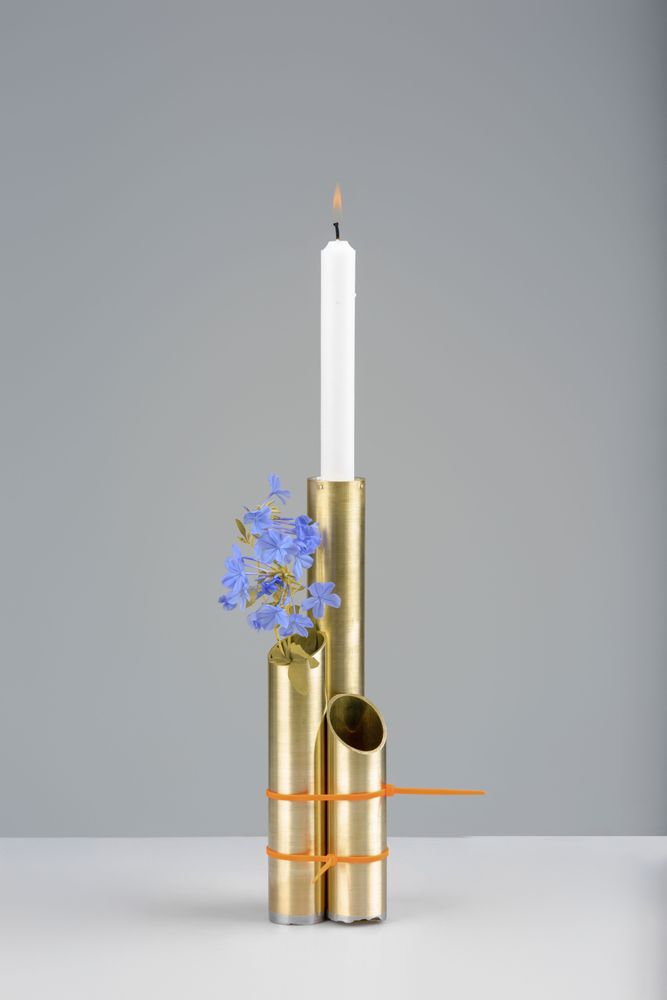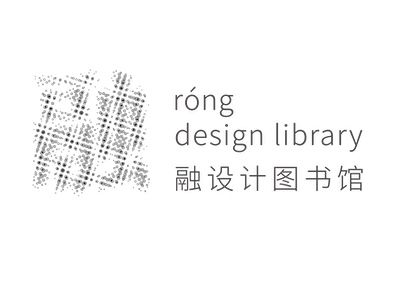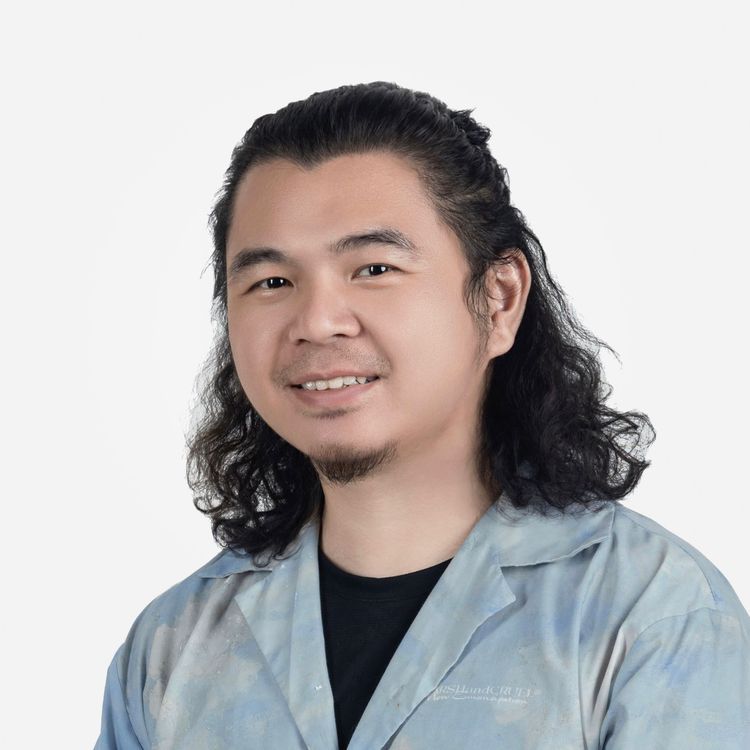SHI Chong&ZHU Lite
SHI Chong, Master of Arts, Royal College of Art; Teacher of Jewelry and Metal Studio, Shanghai Academy of Fine Arts, Shanghai University; Member of Metal Art Committee of China Arts and Crafts Association; Expert from the Talent Center of the Ministry of Culture and Tourism; Invited interviewer, Sheffield School of Art, China; Visiting Professor, School of Fashion Design, Wuhan Institute of Design and Engineering; Co-initiator of Guardian BLUE "Gold Not Compared" project; Artist and independent curator.
ZHU Lite, born in Jingzhou City, Hubei Province, graduated from the Department of Mural Painting and Comprehensive Materials Painting at Hubei Institute of Fine Arts with a bachelor's degree and a master's degree. From 2017 to 2022,he pursued an MA degree at Sheffield Hallam University, UK with research focused on jewelry design and metal craft production. Used to work in Shi Fang Metalworking studio and currently teaching at the School of Fashion Design, Wuhan Institute of Design and Engineering.
SHI Chong & ZHU Lite are two artists/designers with completely different creative approaches. SHI Chong explores contemporary handicraft media through a "bidirectional interaction" mechanism between personal interests and artistic practice. On the other hand, ZHU Lite focuses on exploring spiritual expressions within traditional metalworking craftsmanship while emphasizing discourse methods inherent to metalwork itself. Their collaboration brings about meaningful production based on craft practices.
Home
Material:Brass, Tin, Silver, Plastic, Photography
Size:L15*W15*H30cm
The casting process facilitates a genuine interaction between two materials. Additionally, one material undergoes its own transformation due to the presence of another material. This characteristic reflects the subtle attitude of both the material and the artist. The work consists of nine containers and candlesticks primarily made of brass, as well as a nine-grid photograph. The bottom of each object is crafted from tin and directly cast based on the surrounding environment where the artwork originated, allowing each piece to harmonize with specific ground textures in its designated location. The photographs hint at the connection between objects and fragmented environments while establishing a "treasure map" and "key" relationship with them. The artwork seeks to deconstruct the relationship between “mold” and “pattern” emphasizing an object's craftsmanship in relation to its local context while fostering an imaginative link between users and their respective “homes”.








